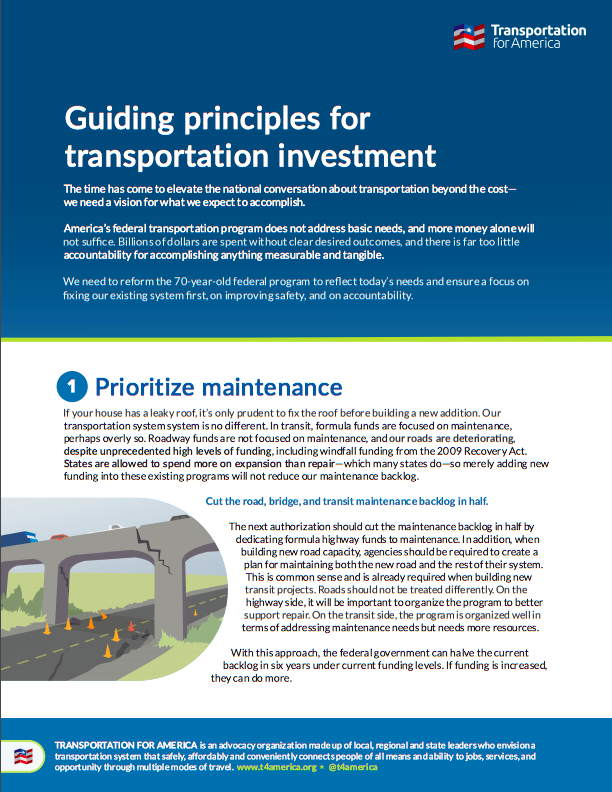Smart Cities Collaborative hits the ground running in year two
Returning in a bigger fashion than the first year with 23 cities instead of 16, our Smart Cities Collaborative picked up where we left off with the launch of year two last week in Denver, CO.
The TIGER program is no more….in name
The TIGER grant program is now being called BUILD. While the criteria are essentially the same, there’s one big caveat. Under BUILD, USDOT will now require applicants to provide evidence that they have secured and committed new, non-federal revenue for projects requesting funding. And there’s a whole list of reasons why that’s a problem.
Hawaii can reach their clean energy goals with the help of smarter growth and land use
 Ten years ago, Hawaii set ambitious goals to reduce their dependence on imported oil and create a clean energy future by 2045. To meet those goals, Hawaii must pair electrifying their vehicle fleet and increased renewable energy with smarter land use.
Ten years ago, Hawaii set ambitious goals to reduce their dependence on imported oil and create a clean energy future by 2045. To meet those goals, Hawaii must pair electrifying their vehicle fleet and increased renewable energy with smarter land use.
On National Walking Day, too many Americans are still having to endure unsafe streets
While we missed recognizing National Walking Day last week while the Complete Streets conference was happening in Nashville, we wanted to come back this week and revisit a post from 2012 looking at what’s actually keeping more people from walking in many of our metro areas.
Three communities selected to receive training to help improve transportation projects through arts & culture
Transportation for America is pleased to announce that Bozeman, Montana; Buffalo, New York; and Mariposa County, California have been selected to receive State of the Art Transportation Trainings. These three communities will each receive tailored technical assistance to equip them to utilize arts, culture and other creative approaches for solving specific transportation problems.
Investing in transit fuels local economies across the country
Last week, we traveled to Indiana to bring Republican Rep. Jackie Walorski together with one of the 60 companies in her working-class district who build components for public transportation systems across the country, demonstrating how the public dollars devoted to transit support thousands of manufacturing jobs in communities all across the country.
How should cities price access to their curb spaces and right-of-way?
The second year of our Smart Cities Collaborative—which launched today—will examine how emerging technologies and new mobility options are reshaping the right-of-way and curb space via four key topics. Our fourth and final post covering these topics is about how pricing strategies can be employed in service of a city’s long-term outcomes.
22 communities selected to participate in the second cohort of T4America’s Smart Cities Collaborative
Transportation for America (T4America) announced today the 22 communities selected to participate in the second cohort of the organization’s Smart Cities Collaborative program that will continue exploring how emerging technologies and new mobility options can improve urban transportation. Over the coming year, the Collaborative will once again bring together cities to cooperatively tackle the challenges related to implementing smart mobility policies and projects.
FY18 Omnibus moves transit funding in the right direction
Upon the release of the FY18 omnibus appropriations bill by the House of Representatives, Transportation for America Director Kevin F. Thompson released the following statement:
Calvin Gladney selected as President and CEO of Smart Growth America
The Board of Smart Growth America (SGA) is pleased to announce the selection of Calvin Gladney to succeed Geoff Anderson as the third President and CEO in the organization’s history.





